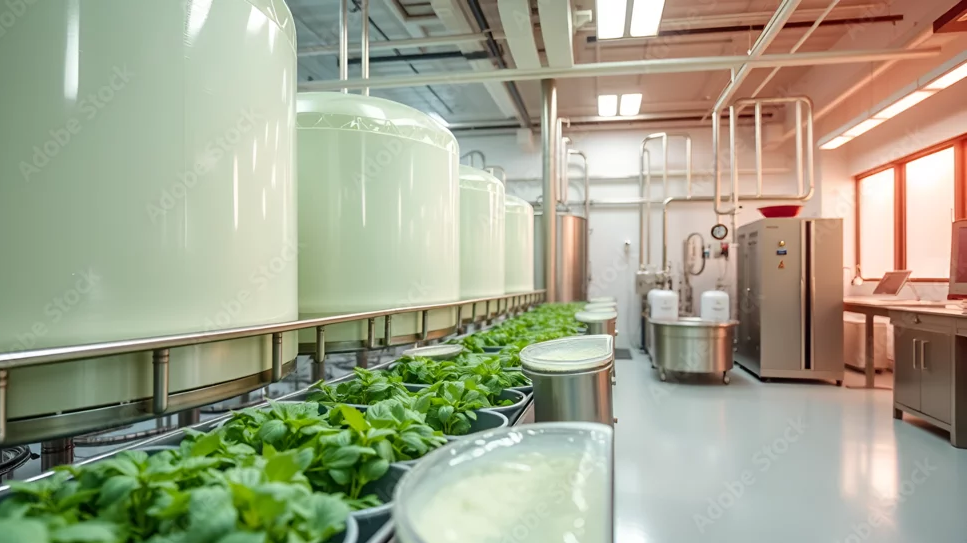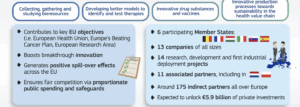
EU Commission presents new bioeconomy strategy
A month after China publicly revealed its bioeconomy priorities under its 15th Five Year Plan, the European Commission released an updated EU Bioeconomy Strategy — and the contrast could hardly be sharper. While China bets on a bold mix of AI, bioengineering and synthetic biology to replace fossil based industrial products with recombinant and cell free systems, the EU remains anchored in a more traditional vision focused on the valorisation of agricultural output and industrial waste. By contrast, the UK has taken a more modern approach, heavily investing in engineering biology — the use of reprogrammed microorganisms to produce industrial goods — as a key pillar of its biotech and bioeconomy strategy.
The EU aims to become a global leader by 2040 in biotechnology, biomanufacturing, and the sustainable bioeconomy. The Commission emphasizes core priorities such as sustainable industrial biotechnology, circular economies driven by bio-innovation, research & development, market integration of startups, risk financing, regulatory simplification, and talent development. The goal is clear: enable biotech startups and scale-ups to access capital more easily, accelerate the commercial rollout of new technologies, and strengthen Europe’s position against global competitors such as China, the UK, and the USA — all of which increasingly rely on bioreactor- and molecular-biology-driven approaches.
To fund these ambitions, Brussels plans to leverage multiple financial instruments. The InvestEU programme is expected to mobilize €300 to €1bn for biotech. A proposed Scaleup-Europe Fund targets €10 bn for growth-stage biotech firms, contingent on private investor commitments. Additionally, a projected European Competitiveness Fund of around €20 bn could support “Health, Biotech, Agriculture, and Bioeconomy,” provided Member States back a proposed €2 bn contribution in the next mid-term EU budget. The European Investment Bank (EIB), through its TechEU initiative, is also expected to deploy up to €70 bn by 2027 via venture debt, growth loans, guarantees, and direct equity — typically for Series A–C rounds.
According to Dr. Christian Patermann, the architect of the EU Bioeconomy framework, “China’s strategy focuses heavily on biotechnology and biosecurity, and resembles the US approach.” Its 15th Five-Year Plan emphasizes original innovation, breakthroughs in key technologies, and technological independence. China plans to link research, industrial innovation, and digital infrastructure in high-tech industry clusters. Observers are eagerly watching which region will achieve its goals first; China had already stated in its previous plan — in whichvit invested US$4bn in industrial biotechnology — that it aims to lead in biotechnology by 2035.
Stakeholders from the Circular Bio-based Europe Joint Undertaking (CBE JU) welcome the update, seeing it as an opportunity to scale demo and pilot projects, build industrial biomanufacturing facilities, and connect research to market-ready production. According to CBE JU, the strategy could unlock Europe’s potential for creating sustainable bio-based materials — provided infrastructure and cooperation are ramped up appropriately.
Yet industry voices stress urgency. Dirk Carrez, Executive Director of the Bio-based Industries Consortium (BIC), puts it bluntly: “Time is money. We urgently have to translate the strategy into concrete, bold, and ambitious measures that will stimulate market demand for bio-based products and facilitate access to finance for innovative investments.” His warning underscores the real test ahead: transforming political commitment into tangible projects and financial flows — quickly.
The December 2024 Joint Research Centre (JRC) report, commissioned by the EU Knowledge Centre for Bioeconomy (KCB) — the official EU bioeconomy monitoring authority — delivers a sobering assessment. While Europe has made progress toward a circular and bio-based economy, the report sharply criticizes the policy’s heavy reliance on biomass as a primary resource. There is a clear tension between rising bio-resource consumption and the need to protect biodiversity, the environment, and land use. Food production and biomass supply have remained largely stable, yet the expansion of the bioeconomy has intensified pressure on land and species diversity, driven by competing demands from food cultivation, biomass production, and export interests.



 Celonic Group
Celonic Group IPCEI Med4Cure
IPCEI Med4Cure